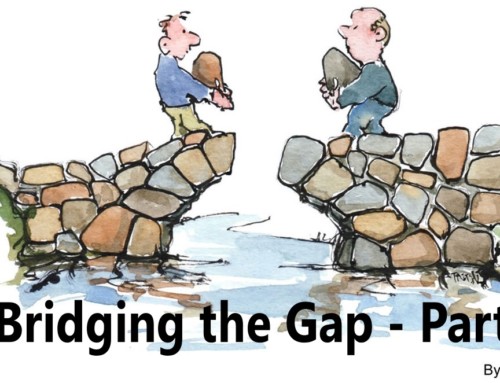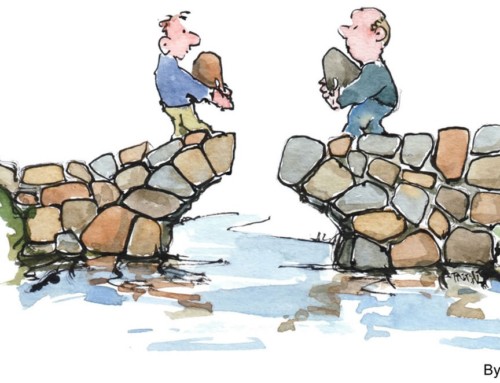Workplaces transform when leaders transform. But how do you inspire transformation? Is there a road map?

Richard Barrett uses a model developed from the later work of Abraham Maslow. His Cultural Transformation Tools can measure the overall culture of an organization as well as the specific leadership values of leaders. Barrett’s seven level maturity model is the basis of organizational culture change around the world. His organization has even started measuring the values of nations. We highly recommend using these tools as a values lens on employee engagement and workplace cultural health.
Several other recent books on corporate culture and leadership development find similar evolutionary maturity models at work. Tribal Leadership is another look at stages of consciousness through the lens of language & relationships. Easy to read and very accessible, the book offers practical tips on language and behaviors to support transformation up the various stage levels.
A complementary evolutionary model is also offered in the business best-selling book Leadership Agility: Five Levels of Mastery for Anticipating and Initiating Change.
The research is compelling, and while the models may differ slightly in how they slice and dice the evolutionary levels, any review of the above materials will reveal a maturity model that moves from foundational levels of survival and personal achievement to one that embraces teamwork, collaboration and goals for the common good. Put simply, each of these models shows that personal and organizational maturity is a shift from a focus on “me” to a focus on “we”.






Leave A Comment
You must be logged in to post a comment.